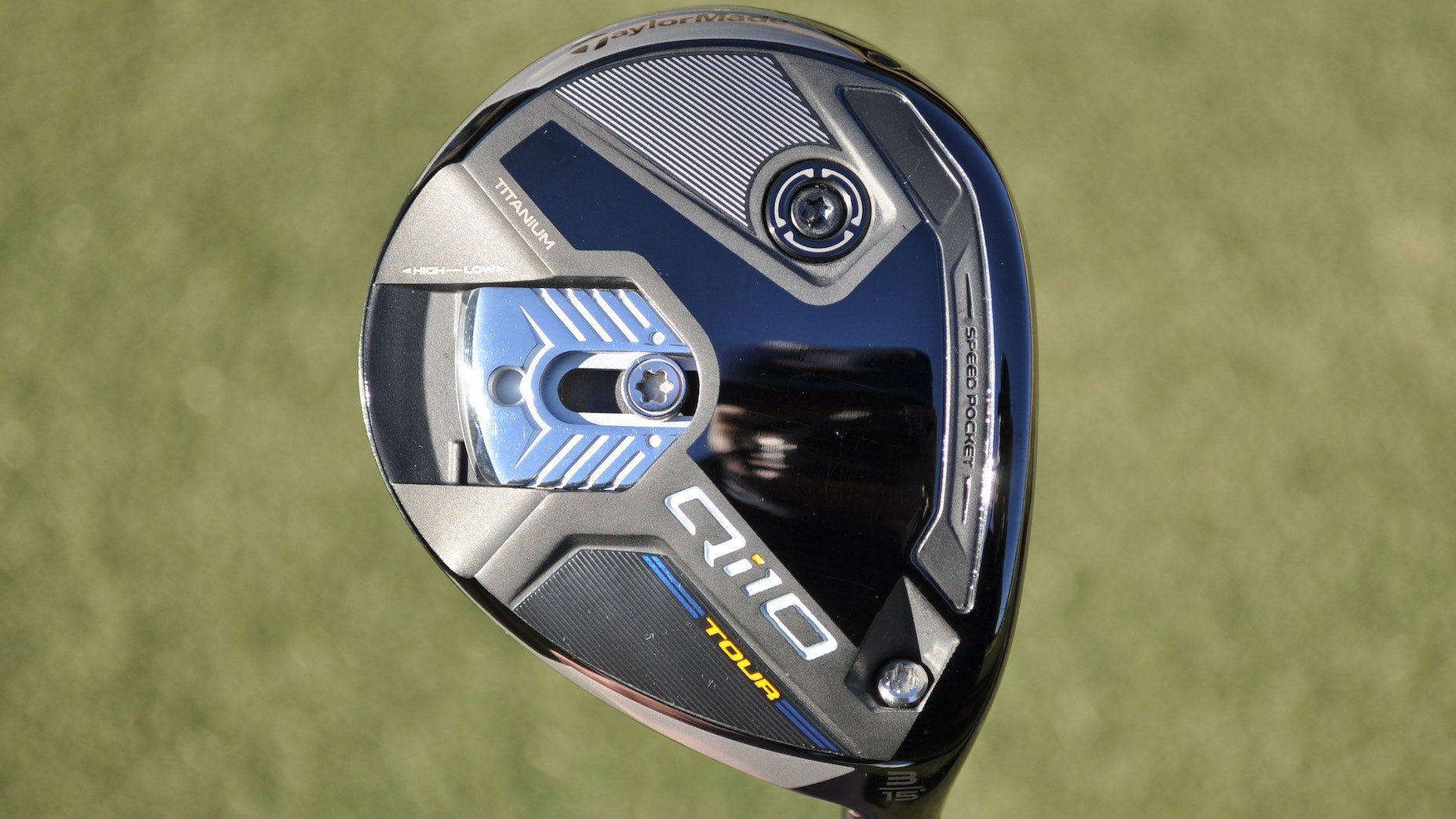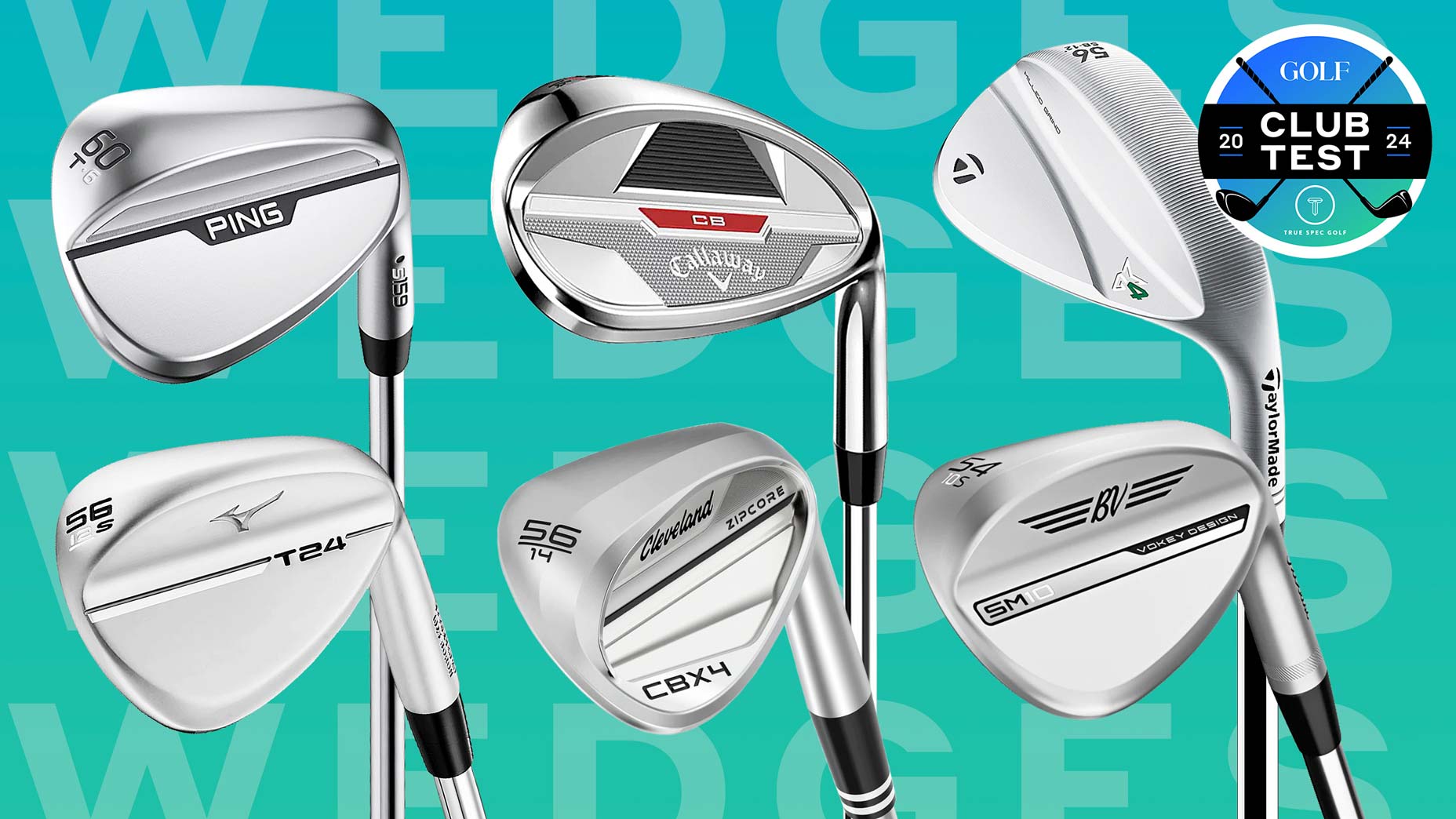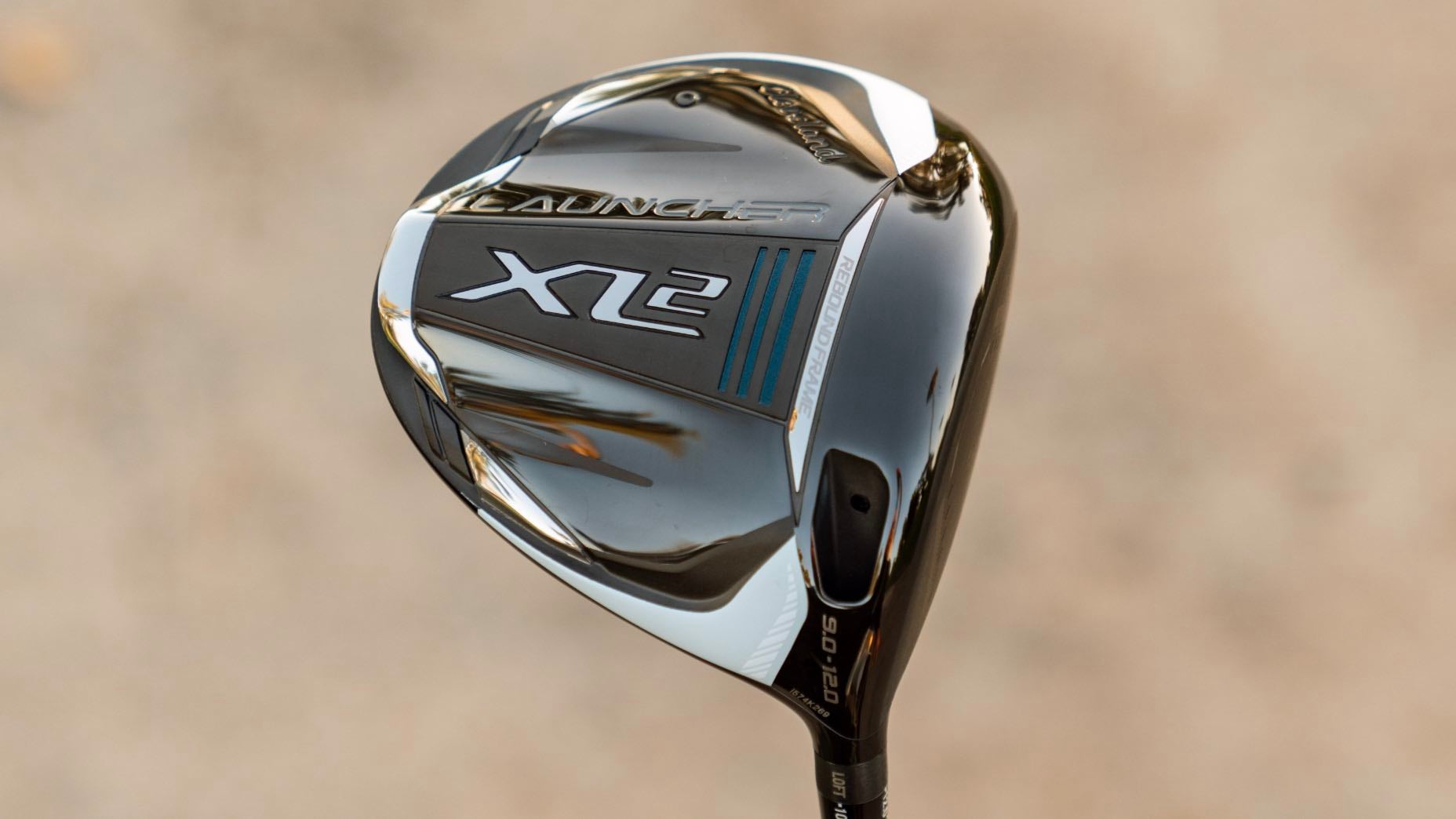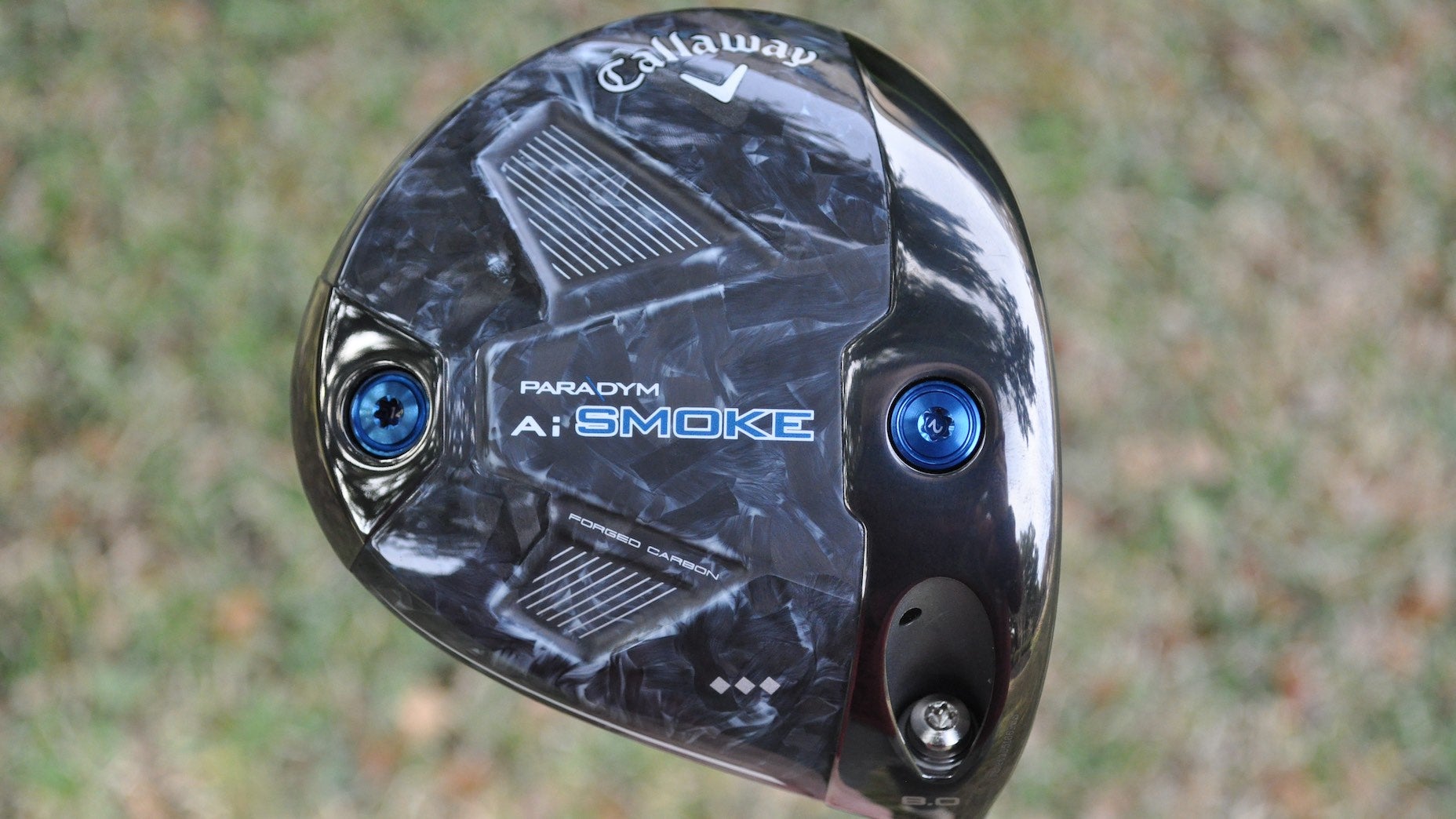This is the most popular long-iron alternative in professional golf
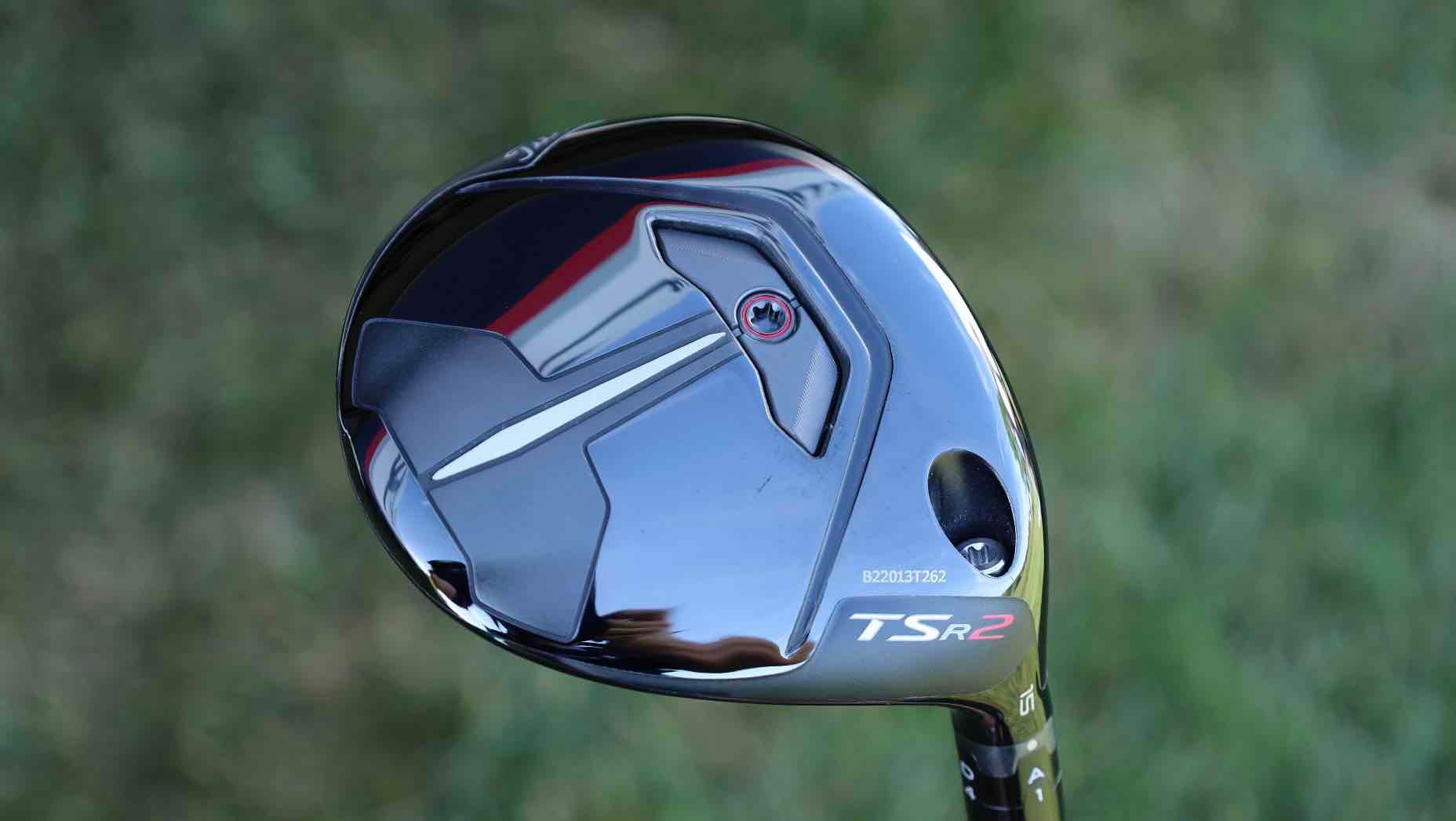
A second fairway wood remains the most popular long-iron alternative in professional golf.
Ryan Barath/GOLF
Take a look inside the bags of golf’s elite and you’ll most likely find two clubs at the top of the setup — a driver and fairway wood. Where things go from there, however, is a different story.
Long iron usage has decreased considerably in recent years as players have found a second high-lofted fairway wood, hybrid or utility iron to be a better carry yardage fit. The additional height on a fairway wood or hybrid makes it easier to attack the green through a higher launch; a utility iron provides added heel-toe forgiveness in an iron-like profile for those who don’t necessarily want to increase the overall head footprint.
Depending on the course setup, it’s not uncommon for pros to carry a couple of options and opt for the best fit on Thursday. But is there a runaway favorite in the professional ranks? Sports Marketing Surverys — the firm that keeps tabs on equipment usage outside the States — recently looked at the usage rate from the 2022 DP World Tour season to see if one club was preferred over the others.
As you’d expect, a second fairway remains the unquestioned favorite option. What’s interesting is the utility iron has slowly eclipsed the hybrid for No. 2 in usage. Elite players tend to prefer the performance and looks of a utility iron to that of a hybrid, so it makes sense. Even still, hybrids had a massive lead of utility irons for years — and the gap has completely evaporated.
Expect the gap between utility irons and hybrids to expand in the coming years as younger, stronger players make their way to tour and find lower-spinning utility irons to be a better fit.
As far as the best option for your game, it greatly depends on where you play and what checks all of the performance boxes.
For golfers who need a versatile option and struggle with impact consistency, the wider sole and generous profile of a fairway wood can be a good fit. The sole makes it easy to extract the ball from the rough, but you can still rely on the club as a secondary option off the tee. The added adjustability in most fairway woods is something weekend golfers will appreciate as well.
Most hybrids offer a bit more spin and a higher launch but don’t completely discount them if you’re a better player. With different profiles and weight setups, it’s possible to find a hybrid that looks closer to a long iron with a mid launch, assuming that’s what you need. For mid-to-high handicap golfers, the generous profile of a game-improvement hybrid can make the game significantly easier when faced with a shot over 180 yards. Most even have adjustable loft sleeves for added customization.
Utility irons are going to be the least forgiving of the bunch and tend to be a better player option. With an iron-esque profile and mid launch, it’s a great option for golfers who require a reliable option of the tee but still need to fill the gap between their 3-wood and longest iron when it’s time to attack a par 5.
Bottom line, there’s no right or wrong answer when it comes to selecting a second fairway wood, hybrid or utility iron. It’s all about finding the best option for your game.
Want to overhaul your bag for 2022? Find a fitting location near you at GOLF’s affiliate company True Spec Golf. For more on the latest gear news and information, check out our latest Fully Equipped podcast below.




